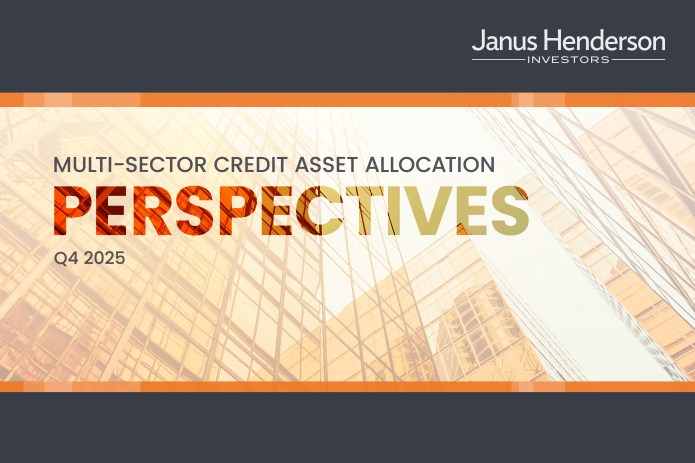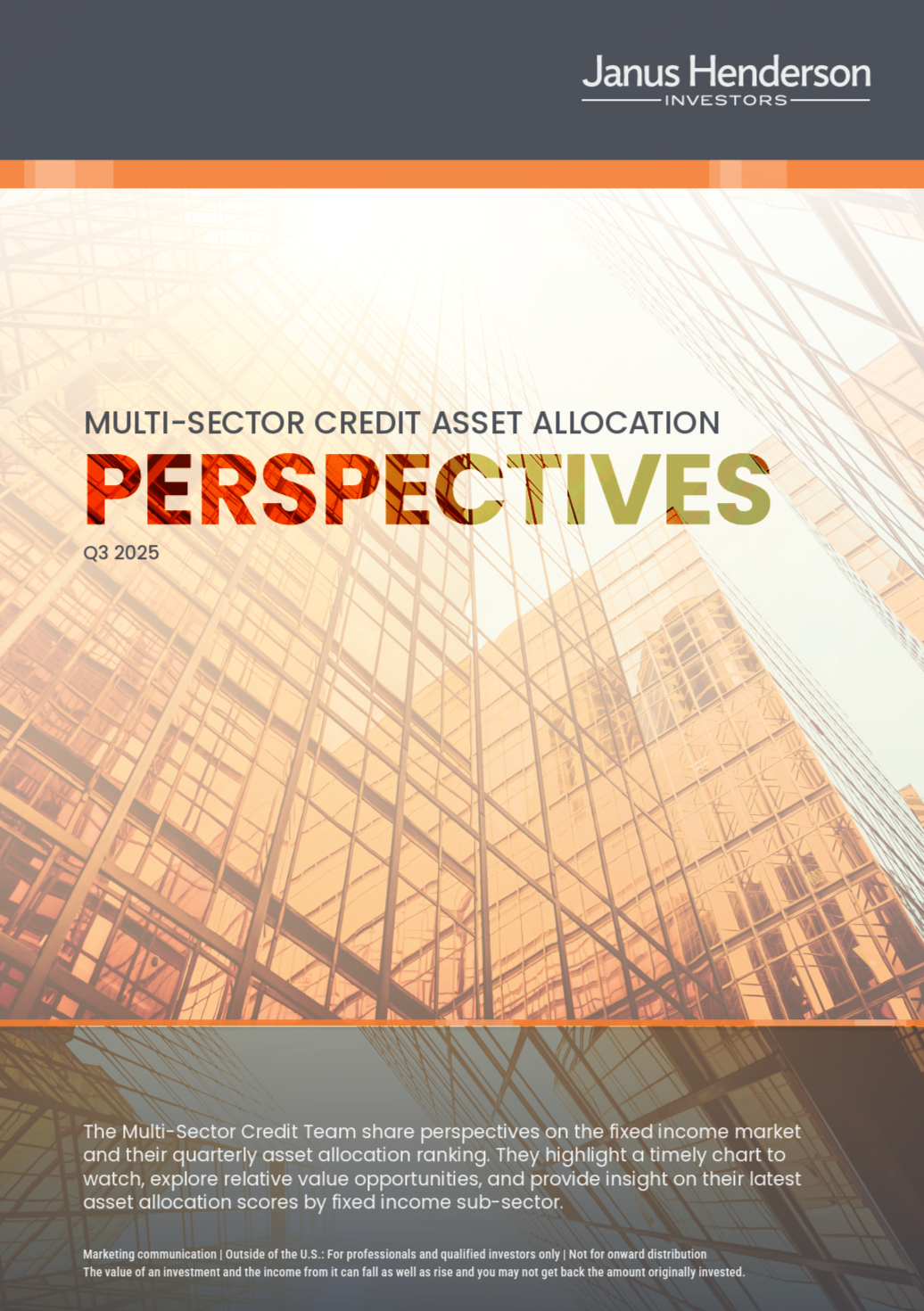Multi-Sector Credit Asset Allocation Perspectives: ‘Fed put’ reaffirms carry is key
A supportive Fed emphasises how ‘carry is still king’ when investing across fixed income. As we navigate emerging bifurcation and increasing opportunities, we look at the sectors and themes like AI that are driving our asset allocation and security selection.

4 minute read
Key takeaways:
- Q3 growth estimates are picking up and gross domestic product (GDP) is likely to accelerate in 2026; not all sectors will benefit equally, and asset allocation will be essential.
- Bifurcation is increasing – loan markets show a widening gap between stronger businesses with manageable leverage and weaker businesses with elevated leverage.
- The Fed is easing and has signalled a willingness to accelerate rate cuts if the labor market deteriorates further; this increases our confidence in the carry environment.
Amid solid growth and a more accommodative Fed, carry remains key
The US growth outlook is improving with third-quarter GDP estimates moving up toward 3%, bolstered by the capex budgets of hyperscalers. We discuss the AI infrastructure theme further within this report, including examples of compelling opportunities it is creating across fixed income. Bifurcation is increasing; sectors and issuers tied to the AI ecosystem are ascribed a premium whereas cyclical industries tied to more challenged end markets are being penalized.
Immigration policy has reduced labor supply; while headline jobs data continues to soften, the payroll numbers required to hold a steady unemployment rate are now materially lower. Looking to the year ahead, easing monetary policy, tax cuts, a lapping of tariff impacts, and regulatory relief all paint a constructive picture for growth. We expect inflation to pick up, which could complicate the Fed’s path and this remains one of the largest risks.
Spreads in most fixed income assets remain relatively tight. With a solid economic backdrop and the ‘Fed put’ now in play, we are positioned to capture carry through assets that still offer value. We share our perspectives on the fixed income market and our quarterly asset allocation ranking. We highlight a timely chart to watch, explore relative value opportunities, and provide insight on our latest asset allocation scores by fixed income sub-sector.
IMPORTANT INFORMATION
Fixed income securities are subject to interest rate, inflation, credit and default risk. As interest rates rise, bond prices usually fall, and vice versa. High-yield bonds, or “junk” bonds, involve a greater risk of default and price volatility and can experience sudden and sharp price swings. Foreign securities, including sovereign debt, are subject to currency fluctuations, political and economic uncertainty and increased volatility and lower liquidity, all of which are magnified in emerging markets.
Securitized products, such as mortgage- and asset-backed securities, are more sensitive to interest rate changes, have extension and prepayment risk, and are subject to more credit, valuation and liquidity risk than other fixed-income securities.
Collateralized Loan Obligations (CLOs) are debt securities issued in different tranches, with varying degrees of risk, and backed by an underlying portfolio consisting primarily of below investment grade corporate loans. The return of principal is not guaranteed, and prices may decline if payments are not made timely or credit strength weakens. CLOs are subject to liquidity risk, interest rate risk, credit risk, call risk and the risk of default of the underlying assets.
Bank loans often involve borrowers with low credit ratings whose financial conditions are troubled or uncertain, including companies that are highly leveraged or in bankruptcy proceedings.
Diversification neither assures a profit nor eliminates the risk of experiencing investment losses.



